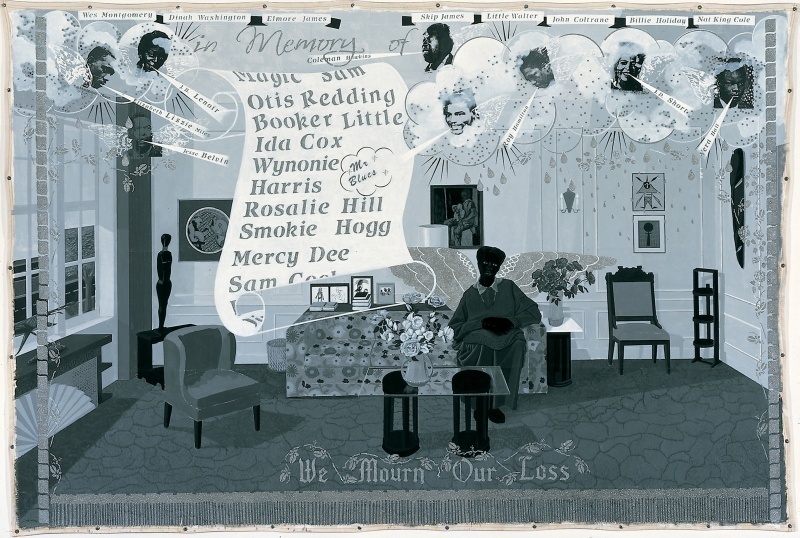There are layers to Stanley Kubrick’s The Shining, and then there are LAYERS to Stanley Kubrick’s The Shining. So many of them, in fact, that it’s often difficult to separate true fact from fiction.
Therein lies the sweet spot known as Room 237.
Equal parts gambit and goosechase, Room 237 succeeds because it is both in on the joke and wholly fixated on the punchline. Was The Shining a stark treatise on the Holocaust? An homage to the American Indian? Was it some multi-layered work of genius? Or just a weak-ass romp about some asshole in the woods?
The truth – according to most die-hard conspiracy theorists – is that Stanley Kubrick’s The Shining is more than likely all of the above. Keep in mind, we are dealing in deep shades of psycho-babble here, some of it so absurd as to reduce the magic bullet to a jumping bean. And yet there still appears to be a subtle grain of truth to the affair; some subtle nuance, perhaps, that suggests an air of possibility.
The lasting value of Room 237 is largely based upon its depth. An average poster represents the fate of Theseus? an Adler type-set, Nazi Poland? 237 hits its mark because it allows stark-raving inmates ample run of the asylum. The end result feels like some meta-satire, if not a brilliant commentary on the allure of motion pictures themselves.
(Room 237 arrives at The IFC Center in New York City this coming Friday, 3/29, with a rollout in most major markets set to begin on April 5th.)

